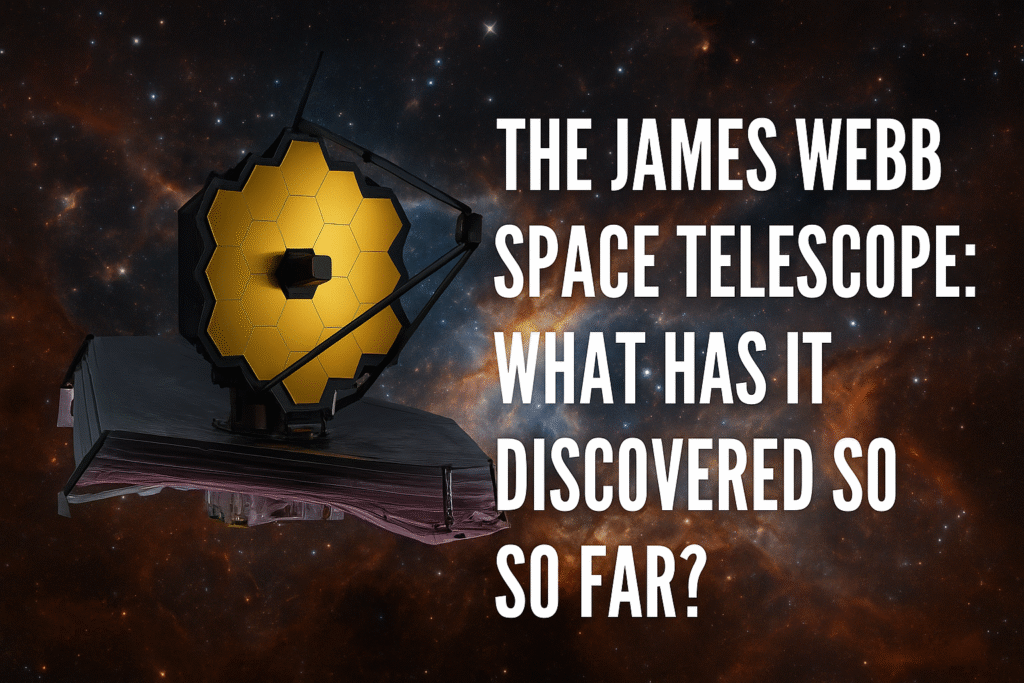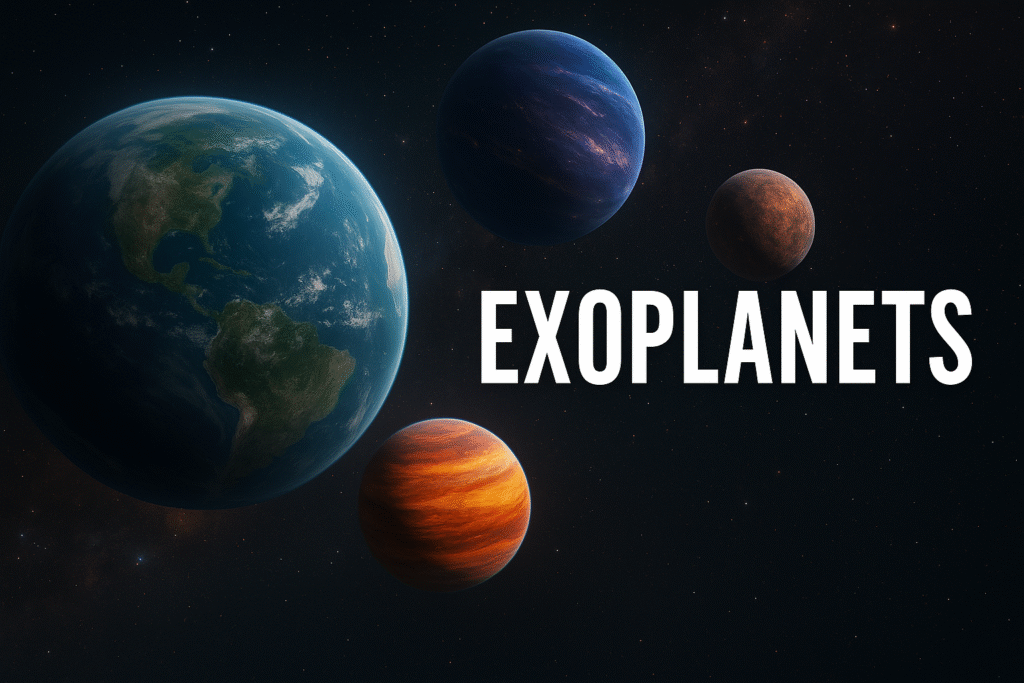James Webb Space Telescope: What Has It Discovered So Far in 2025?
The James Webb Space Telescope (JWST) is the most powerful space observatory ever built, and it continues to amaze the world with groundbreaking discoveries. Launched on December 25, 2021, JWST orbits the Sun near the second Lagrange point (L2), about 1.5 million kilometers from Earth. By 2025, it has provided unprecedented views of the early universe, exoplanet atmospheres, star nurseries, and black holes.
A New Eye on the Universe
Unlike its predecessor, the Hubble Space Telescope, JWST is designed to observe the universe in infrared wavelengths. This allows it to see through dust clouds and detect ancient light from the early universe. Its 6.5-meter gold-coated mirror and instruments such as NIRCam, NIRSpec, and MIRI have pushed the boundaries of observational astronomy.
Major Discoveries from 2022 to 2025
1. Deep Field Images of the Early Universe
JWST’s first deep field images revealed galaxies that formed just a few hundred million years after the Big Bang. One such galaxy, GLASS-z13, is believed to be around 13.5 billion years old. These discoveries help scientists understand how the first galaxies and stars were born.
2. Studying Exoplanet Atmospheres
Using its spectrographs, JWST has analyzed the atmospheres of many exoplanets. It has detected water vapor, carbon dioxide, methane, and other molecules, including organic compounds. Planets like WASP-96b and the TRAPPIST-1 system have become key targets in the search for habitable worlds and potential biosignatures.
3. Star Formation and Nebulae
JWST has captured detailed images of star-forming regions like the Carina Nebula and the Tarantula Nebula. These stunning visuals reveal the complex processes behind stellar birth and provide insight into the lifecycle of stars.
4. Observing Black Holes and Galaxy Mergers
The telescope has also observed the surroundings of black holes and captured images of merging galaxies. Its ability to use gravitational lensing has enabled astronomers to detect some of the most distant and faint objects in the cosmos.
What Makes JWST Unique?
JWST’s sensitivity is unmatched. It can detect incredibly faint signals from ancient galaxies. Its position at L2 allows it to remain stable and cold, essential for infrared observations. With advanced mirrors and instruments, it provides higher resolution and broader coverage than any previous telescope.
Global and Local Reactions
The global scientific community, including researchers in Pakistan and Afghanistan, has expressed excitement. According to space scientists, JWST’s findings will shape the next generation of space exploration and cosmology research. Local institutions like SUPARCO and university departments are increasingly integrating JWST data into their astronomy curricula.
What’s Next for JWST?
- Searching for biosignatures in exoplanet atmospheres
- Studying dark matter and dark energy
- Collaborating with future telescopes like the Roman Space Telescope
- Mapping the early structure of the universe
Conclusion
The James Webb Space Telescope is not just a scientific instrument; it is a window into the origins of the cosmos. Its discoveries from 2022 to 2025 are transforming our understanding of space, life, and time itself. For students and enthusiasts in Pakistan, Afghanistan, and beyond, JWST stands as an inspiration to explore the universe and dream big.
Stay connected with the wonders of space science and astronomy—follow JWST’s journey and be part of the new space era.
Read more….
Whispers from the Edge: 1.Could We Hear the Universe Before the Big Bang




